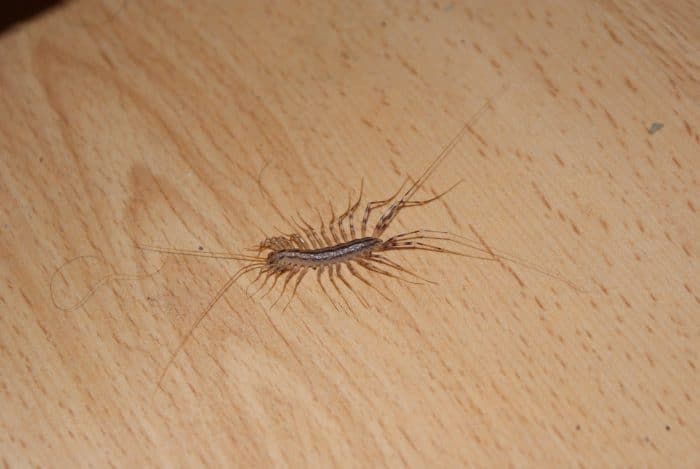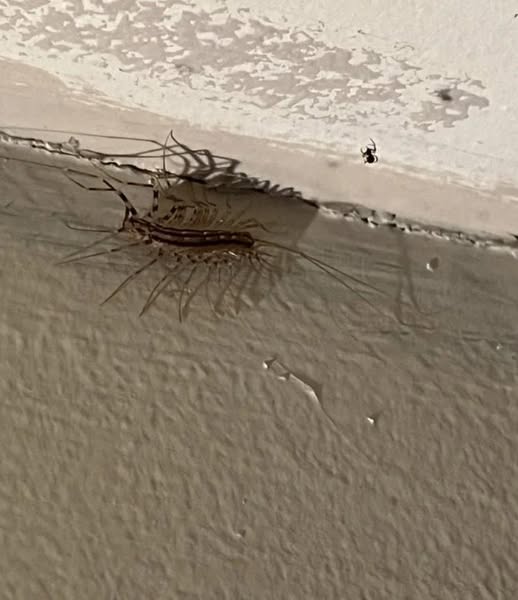Why You Might Want to Think Twice Before Killing That Basement Centipede
It’s no secret that centipedes are some of the most unsettling creepy crawlers you might encounter indoors. With their long legs, squishy bodies, and lightning-fast movements, spotting one on your ceiling or darting across the floor can send a chill down your spine. But before you reach for the nearest shoe or paper towel, you might want to pause—because that centipede could actually be doing you a favor.
Centipedes: Nature’s Indoor Pest Control
While they may not be pleasant to look at, house centipedes are surprisingly beneficial. These arthropods are natural predators, and their diet consists of some of the worst indoor pests you could imagine.
Centipedes feed on ants, spiders, cockroaches, silverfish, bed bugs, and just about any other pest they can overpower.
Unlike other indoor bugs, centipedes are neither venomous nor dangerous to humans. They don’t spread disease or damage your home. Their only real crime? Being visually creepy.
So instead of killing them on sight, consider gently trapping a centipede in a jar and releasing it outside—preferably somewhere damp where it can continue to be of use in controlling pests.

Where Do Centipedes Come From?
House centipedes are usually found in dark, damp, and quiet places. You’re most likely to find them in:
- Basements
- Bathrooms
- Closets
- Cardboard boxes stored directly on cement slabs
- Inside cement block walls (through missing blocks or pipe gaps)
- Floor drains without proper water traps
According to Penn State’s Department of Entomology, centipedes are believed to have originated in the Mediterranean region before spreading to many parts of the world.
These creatures are nocturnal and shy, which is why you usually only see them when you flip on the lights in a basement or bathroom.
How to Get Rid of House Centipedes (If You Must)
If you’re not a fan of sharing your space with these multi-legged bug hunters, there are several ways to reduce their presence without harming them—or the environment.
- Reduce moisture: Centipedes thrive in damp areas. Use a dehumidifier in basements and fix any plumbing leaks.
- Eliminate clutter: Remove piles of leaves, wood, and compost from the edges of your home’s foundation.
- Seal entry points: Inspect concrete slabs and walls for cracks, gaps, or pipe openings that could allow access indoors.
- Use sticky traps: Set out sticky traps to monitor how many centipedes are present and where they’re coming from.
If you think you have an infestation, it’s wise to consult a licensed pest control professional who can determine the root cause and offer solutions.
Should You Let Centipedes Stay?
In small numbers, centipedes can actually be a sign that your home is protected against more dangerous pests. If you’re only seeing the occasional centipede, consider it a sign that your home’s natural defense system is at work.
“If you don’t bother the centipede, it won’t bother you,”
is more than just a saying—it’s good pest management advice.
So the next time you see one of these leggy invaders, consider thanking it for the free pest control. Then, if you’d still prefer not to share your space, guide it gently outdoors where it can continue to earn its keep.
